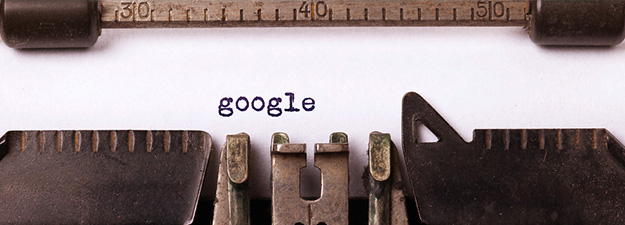
October 29, 2014
What Happened to Google Authorship?
As you may know, Google announced at the end of August that Google Authorship would be no longer. For many content creators and online marketers, this may not come as a surprise: Of the 50 most influential social media marketers, only 30% actually used Google Authorship, according to Forbes. So it’s safe to assume that very few were affected now that Google has pulled the plug on their Authorship experiment. However, it may be worth taking a look at what happened, and where things went wrong.
What was Google Authorship?
Authorship was, in fact, somewhat of an experiment by Google—like most things in the Internet era. Google began its Authorship project officially in 2011, though its roots stretch back to 2007 with the Agent Rank program. Essentially, Google wanted to be able to link different pieces of content under the digital signature of one author. That way, new pieces of content could be ranked based on an author’s legitimacy, and an author’s ranking would be factored into search engine results.
The idea was a good one, but there wasn’t really a way to link content to authors until 2011, when Google unveiled its Google+ markup formula. Perhaps the end of Google Authorship isn’t due to lack of intention but poor application. One reason that so few content marketers actually used Google Authorship may be that it was complicated and cumbersome to link content back to a Google+ author page. Search Engine Land wrote an entire post outlining the three different methods of becoming a verified author on Google+ and the process was often arduous. If so many web creators grew tired while trying to utilize Google Authorship, then threw in the towel at the amount of effort it required, it was probably a sign that something wasn’t working.
The Beginning of the End
Google Authorship, in the end, failed for two reasons, as explained by the company’s John Mueller: 1) low user rates by webmasters and authors, and 2) low value for searchers. Google authors were allotted a profile photo next to their article in search results, which many of you may have noticed in the last couple of years. This was meant to increase visibility and click-through rates based on author ranking, but the author photo actually posed some problems.
You see, Google now receives about half of all its traffic from mobile devices. Google Authorship, depended upon the use of mobile-unfriendly author headshots, wasn’t feasible when so much of Google’s traffic comes from smart phones. Author photos just didn’t translate well to handheld devices. In fact, when Google first announced that it was going to start removing images from Authorship results back in June, the desire to unify the experience across mobile and desktop devices was one of the stated reasons behind the move. Furthermore, Google recently stated that author photos didn’t increase click-through rates as hoped.
The Future of Authorship
The most important point to bear in mind about Google Authorship’s demise is that the problem was in the execution, not the idea itself. The notion that certain people are more qualified to produce content on certain topics than others is self-evident. Google took an ambitious shot at making this idea a part of their search model, and it just didn’t work out. This shouldn’t suggest that Google or anyone else has given up on authorship as an idea. Someone just needs to come up with a more elegant way of implementing that idea. What that new way will look like is anybody’s guess.
Google Authorship was just another in a long list of projects that the company has done away with unceremoniously. It wasn’t the first, and it certainly won’t be the last. For now, as ever, creating quality content is still the best way to get noticed online.



